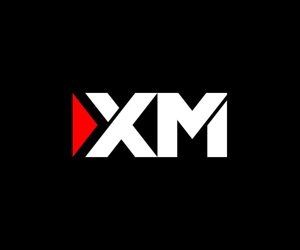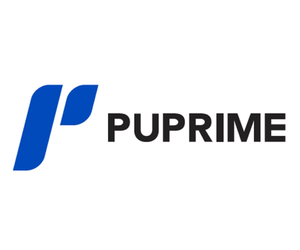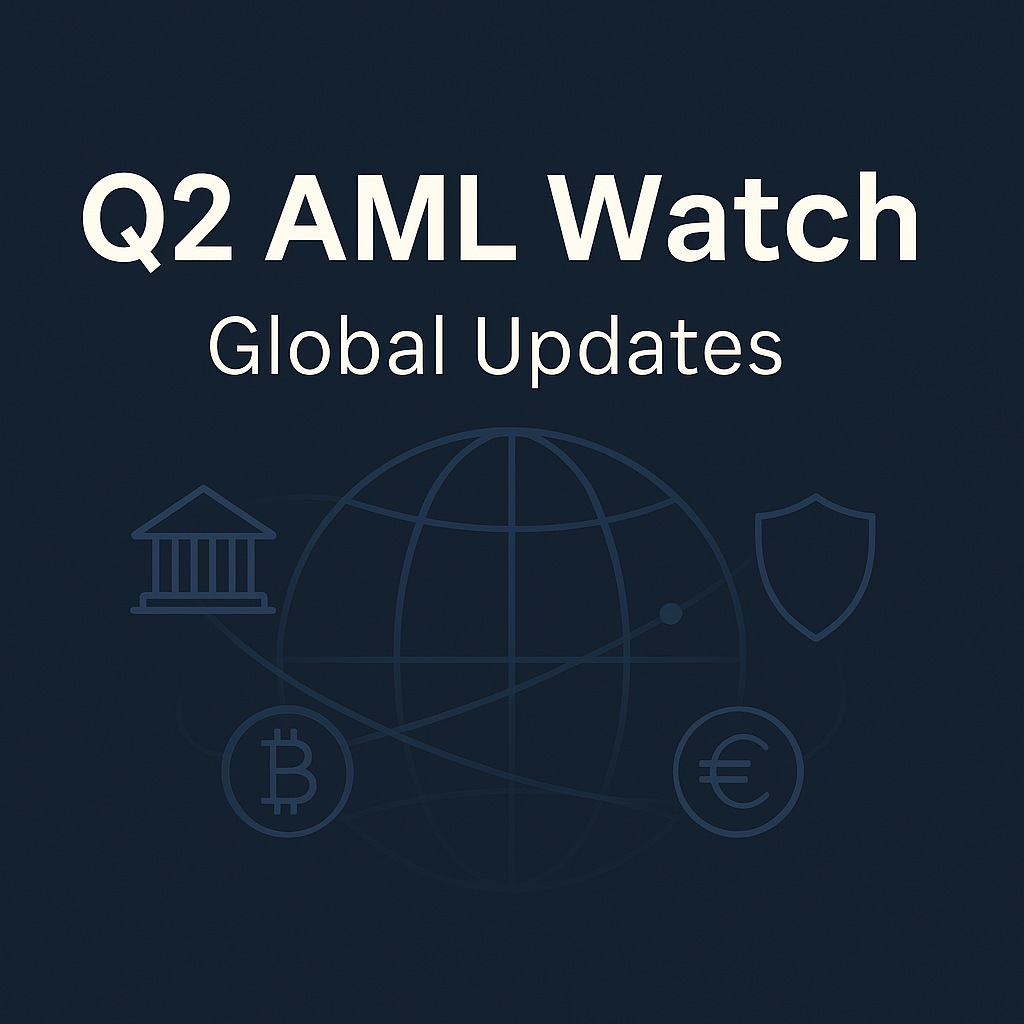In June, the global anti-money-laundering (AML) community made three big moves:
- FATF tightened the “travel rule” for cross-border payments (Recommendation 16), clarifying who must collect/send payer–payee data, with formal publication on June 18 and a long runway to comply.
- FATF refreshed its “grey” and “black” lists, adding Bolivia and the UK Virgin Islands to increased monitoring (“grey”) and confirming DPRK and Iran remain under countermeasures, with Myanmar subject to enhanced due diligence. Croatia, Mali, and Tanzania exited the grey list.
- The EU overhauled its high-risk third-country list (AML/CFT) to align with FATF—removing the UAE, Gibraltar, Barbados, Jamaica, Panama, the Philippines, Senegal, and Uganda; adding Algeria, Angola, Côte d’Ivoire, Kenya, Laos, Lebanon, Monaco, Namibia, Nepal, and Venezuela.
Why it matters: these changes influence how banks and brokers risk-rate payments and customers, what checks they apply, and how fast money moves across borders.
What exactly changed (plain English)
A. Cross-border payments: more clarity, fewer errors
FATF approved updated Recommendation 16 to make cross-border payments safer and easier to screen. It streamlines which payer/beneficiary details must travel with the payment and pushes greater use of tech to reduce missing or faulty data—core pain points for banks and PSPs.
- The policy goal lines up with the G20 push for faster, cheaper, more transparent payments—without opening doors to crime.
- FATF signaled long lead-time (compliance expected by 2030) so firms can upgrade systems in an orderly way.
B. Country risk: who’s up, who’s down
- Added to FATF grey list: Bolivia, Virgin Islands (UK).
- Removed from FATF grey list: Croatia, Mali, United Republic of Tanzania.
- FATF call-for-action (blacklist) unchanged: DPRK, Iran (countermeasures); Myanmar (enhanced due diligence with potential countermeasures if no progress).
Regulators echoed the shift. The U.S. FinCEN alerted U.S. institutions to the same FATF changes on June 23. UK HM Treasury issued its advisory notice in July referencing the June 13 FATF lists.
C. Europe: list alignment and market impact
The European Commission’s Delegated Regulation (EU) 2025/1184 (June 10) updated the EU high-risk third-country list to reflect recent FATF actions—delisting the UAE and others; adding several African and Asian jurisdictions. The Commission’s AML portal and EUR-Lex set out the details.
Practical implications — step by step
Step 1: Re-map your country risk
- Update screening, KYC/KYB and payment routing rules for customers and counterparties in Bolivia and the UK Virgin Islands (higher monitoring), and dial down extra friction for Croatia, Mali, Tanzania where appropriate. Document the rationale.
- If you serve EU clients or clear in euros, pivot to the EU list for enhanced due diligence (EDD) triggers. That means less friction for UAE, Gibraltar, Panama, Philippines, etc. and heightened checks for the ten new additions.
Step 2: Tighten your travel-rule controls (now, not in 2029)
- Data completeness on cross-border payments is the new choke point. Start gap-assessing message formats (SWIFT MT/MX/ISO 20022), validation rules, exception queues, and name-screening logic.
- Budget for API-level verification and pre-validation tools (to reduce “missing originator/beneficiary” rejects). FATF’s update explicitly aims to cut fraud/error and speed reconciliation.
Step 3: Revisit de-risking policies
- FATF reiterated that wholesale de-risking is not the standard; use a risk-based approach and protect legitimate NPO and remittance flows. If you’re a PSP or EMI, make sure policy and monitoring reflect this—especially for corridors affected by the EU list change.
Step 4: Crypto & VASPs — expect more scrutiny
- FATF flagged a Targeted Update on Virtual Assets/VASPs for publication after the plenary. If you’re a VASP or an exchange, check your travel-rule tooling and sanctions-evasion detection for mixers, chain-hops, and cross-chain bridges.
What retail investors and active traders should watch
- Faster withdrawals and transfers are possible as banks fix payment-data issues—but expect more name-matching prompts and “verify beneficiary” nudges in your apps. That’s compliance doing its job, not a platform glitch.
- If you route funds via newly de-listed EU countries (e.g., UAE, Philippines), costs and delays may ease. Conversely, transfers involving new EU high-risk additions may face extra checks.
- Crypto platforms could add friction where travel-rule or sanctions-evasion risks spike. That’s normal as they align with FATF’s post-plenary updates.
What compliance leaders should do this quarter
- Issue a bulletin to front-office, ops, and treasury summarizing the FATF/EU list changes and payment-data requirements; map to your internal risk taxonomy.
- Run a controls test on cross-border payments: measure STP rates, “insufficient data” rejects, and alert quality (false positives) before and after any ruleset tweaks.
- Align regional policies: U.S. (FinCEN), UK (HMT), and EU (Delegated Regulation) guidance should reconcile in your group standards, with explicit EDD triggers and workflow steps per list.
- Document proportionality: where you ease controls (e.g., UAE flows in the EU context), keep a written risk assessment and monitoring plan. Regulators will ask.
One-page recap (for your playbook)
- Payments: FATF updated Rec. 16 → cleaner data → safer, faster cross-border payments; start remediation now.
- FATF lists (June 13): Bolivia + UK Virgin Islands added (grey); Croatia, Mali, Tanzania removed; DPRK, Iran (countermeasures), Myanmar (EDD).
- EU list (June 10): UAE, Gibraltar, Panama, Philippines, and others removed; 10 jurisdictions added; impacts EDD for EU-facing flows.
- Supervisory tone: risk-based, anti-de-risking; protect NPOs/remittances.
Sources & further reading
- FATF–MONEYVAL Joint Plenary Outcomes (June 12–13, 2025) — cross-border payments/Rec. 16, list changes, inclusion guidance, NPO safeguards, upcoming VA/VASP update.
- FATF — Jurisdictions under Increased Monitoring (June 13, 2025).
- FATF — High-Risk Jurisdictions subject to a Call for Action (June 13, 2025).
- FATF — Updates to Recommendation 16 (June 18, 2025).
- EU — Commission Delegated Regulation (EU) 2025/1184 (June 10, 2025) and Commission summary page.
- FinCEN (June 23, 2025) — U.S. notice on FATF list updates; HM Treasury advisory (July 2025).
Final note (from the trenches)
These Q2 shifts are not about “more paperwork.” They’re about cleaner payment data and smarter risk calibration. If you invest or trade across borders, you’ll feel it as fewer failed wires and clearer checks—provided your institution modernizes now. If you run a firm, the winning play is early alignment: refresh your lists, modernize payment validation, and document proportional, risk-based decisions. That’s how you keep money moving—and keep supervisors comfortable.






